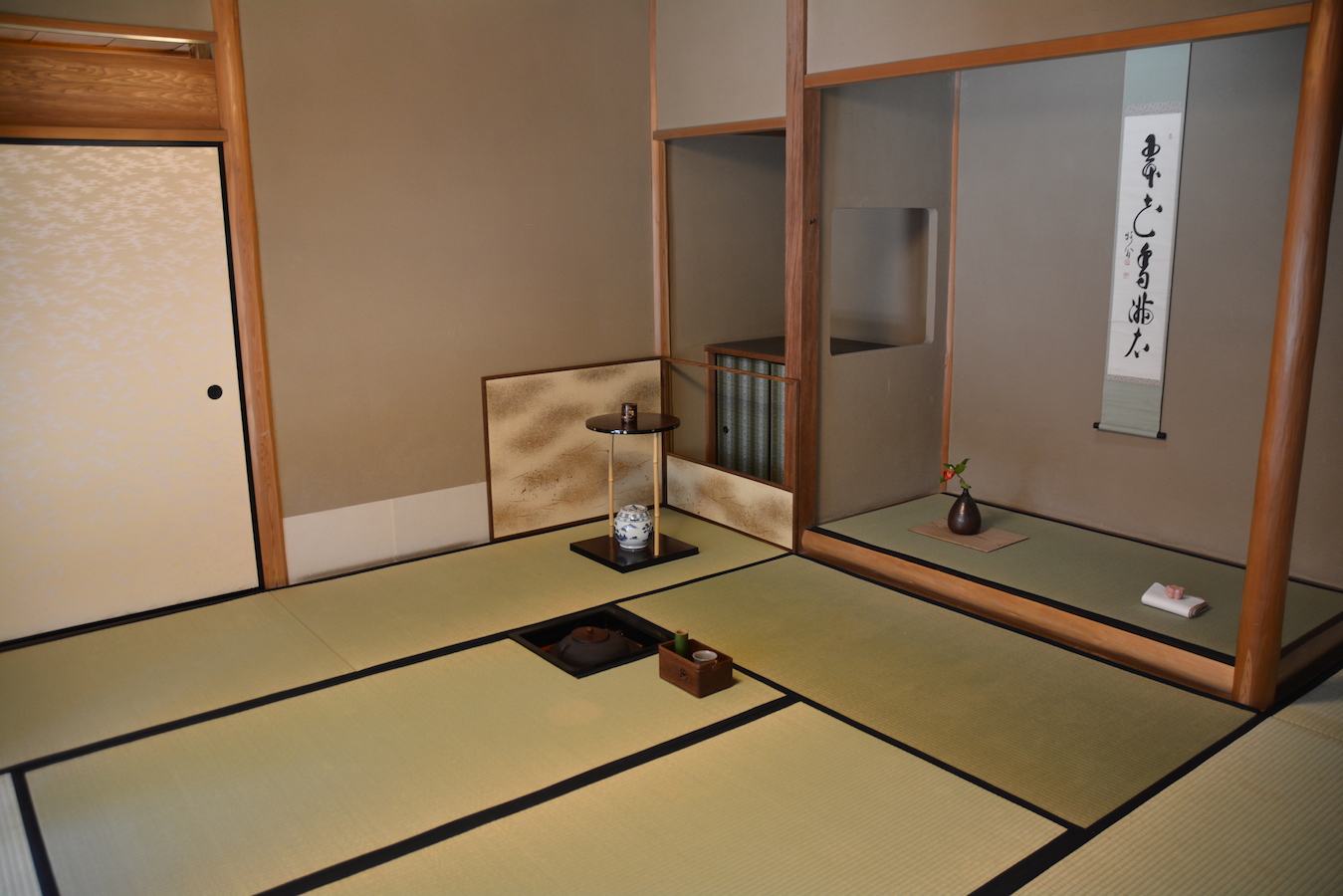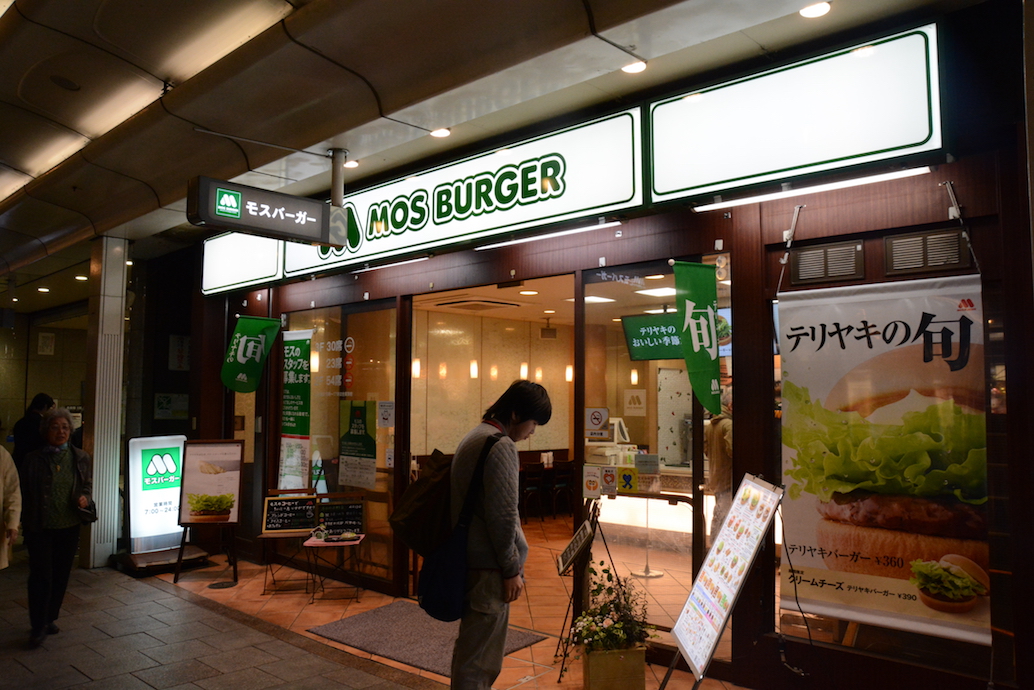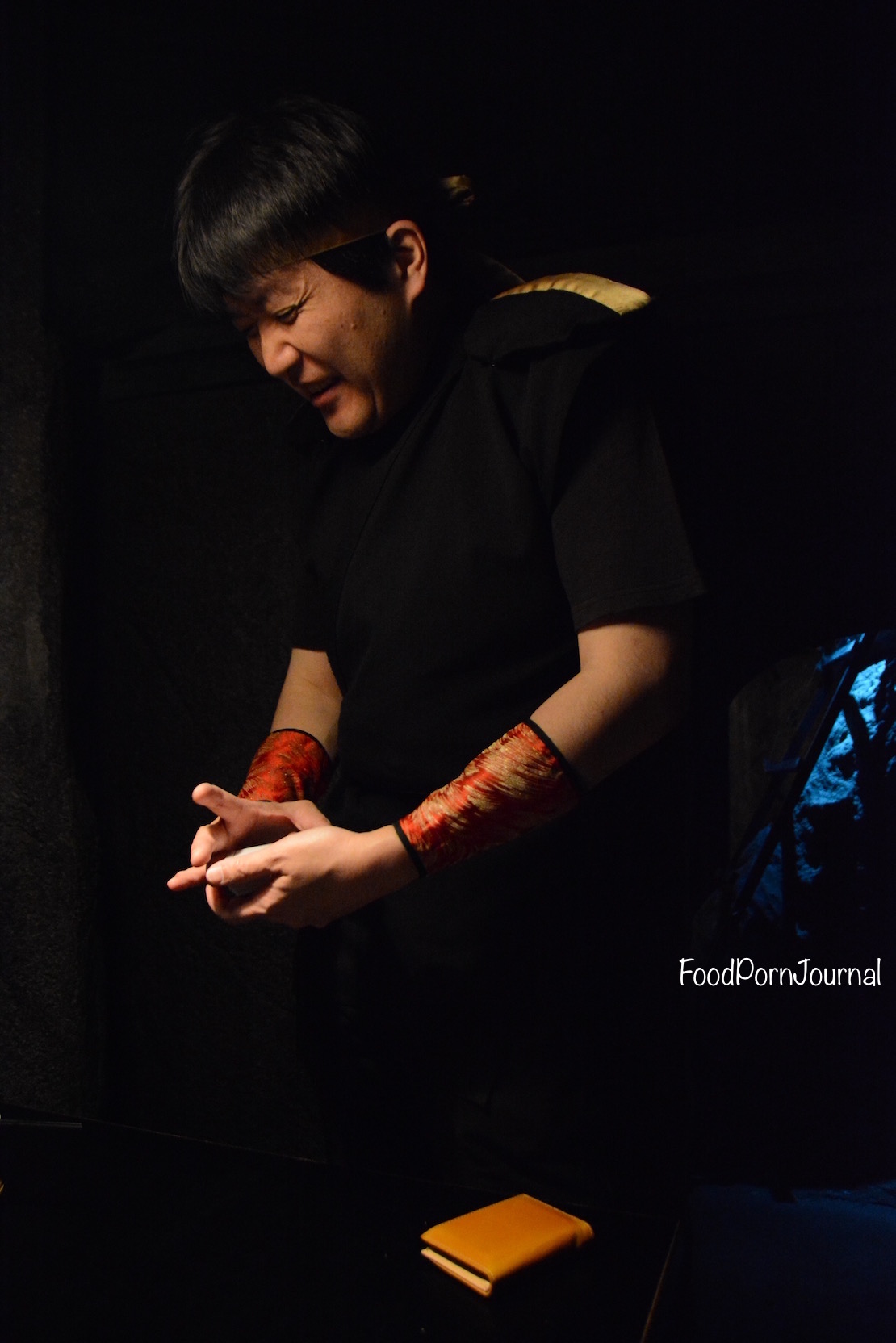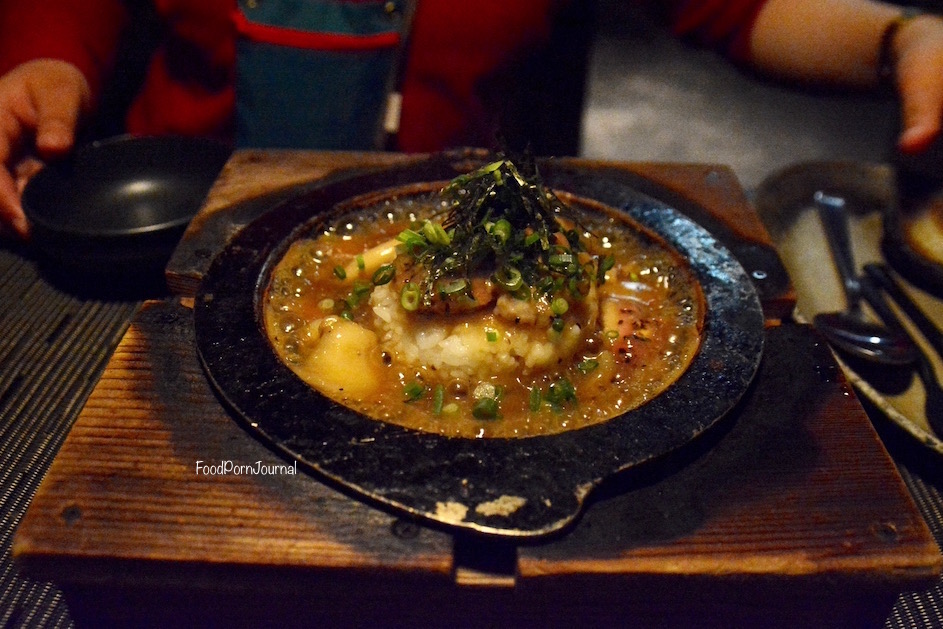Following on from Eating in Japan – Kyoto – Part 1, we headed out of Kyoto to visit the town of Uji.
Uji
Uji is a small city situated between Kyoto and Nara, and is famous for its green tea. My sister and I both wanted to take part in a traditional Japanese tea ceremony. I did some research and there are so many places where you can book in to do a ceremony, ranging in different prices depending on the length of the ceremony, whether you want an English interpreter etc. I found a place at the Uji tourist centre, Taiho-An, that conducted ceremonies for an entrance fee of ¥500 which was really good value. My sister and I both wanted a short ceremony considering you had to sit the ‘proper’ way (known as seiza) with knees on the floor and your butt sitting on top of your feet. Uji wasn’t too far from Kyoto and the idea of taking part in a tea ceremony in one of the best tea cultivation regions in Japan sounded good enough for us. We did some sightseeing when we first got there and visited Byodoin Temple. This landmark is famous, and you’ll notice it printed on the back of a ¥10 coin.

We then strolled through the streets of Uji where there were several shops selling all sorts of green tea products.

As the tourist centre does not take advance bookings, we got there early to ensure we got a spot.

We booked ourselves into the next tea ceremony and it was only a 10 minute wait. The brochure outlines tea ceremony etiquette which I quickly read over, but I soon forgot the correct protocol.

The tea ceremony is held next to the tourist centre in a traditional Japanese house.

We were asked to take our shoes off at the door and our bags and jackets were left in a small hallway. We were led into a small room lined with tatami mats with a kettle sunken into the floor, boiling away. There was only one other tourist in the room, so we sat down seiza-style and waited.

Our tea ceremony host came in through another door, sliding it open, bowing, coming into the room, sliding the door closed, and bowing again. She placed a small plate of wagashi, a Japanese sweet, in front of each of us, and indicated that we should eat it. She did not speak English so it was a little hard to understand what to do during the ceremony, but this we understood. We both bowed back and said ‘arigato’, (thank you).

We watched as she cleaned her tea ceremony tools, prepared the tea, carefully measured the matcha powder, and poured the water into the cup with a ladle and whisk. Every movement was graceful and well-practiced, every tool handled with purpose and care. I had briefly read about the etiquette when receiving a cup of matcha – turning the cup clock-wise but that was all I could remember so I’m sure I did something wrong.

There’s so much etiquette involved with a tea ceremony with choreographed graceful movements. A great experience. And it only lasted about 30 minutes which was more than enough. My legs were numb after sitting in the seiza position all that time. I think next time I will book in with a guide to translate and tell us what to do and what was happening! The tea ceremony ended much the same as it began with our host bowing to us again, moving to the door, sliding it open, slipping out, bowing into the room again, and sliding the door closed. We left to stroll around the shops and buy some tea. In one of the shops, Ocha No Kanbayashi, I found a matcha menu where there were 9 grades of matcha powder! They were ranked according to taste and price with the more expensive matcha powders being sweeter and richer, and the cheaper matcha powders being more bitter. I’m not a fan of the bitter matcha, so I ended up purchasing a powder in the middle sweet range- the Takuminomukashi.

As the tea ceremony was the main focus of this trip to Uji, I had neglected to do proper research on the best tea houses to buy tea from. We had asked the people at the tourist centre where a good place to buy matcha powder was, and one of the shops was this one below. There was no English name but it did correspond to the numbered tea shops provided on our tourist map.

The tea shop also happened to be a cafe so we decided to stop in for lunch. The matcha soba with tempura prawns (¥880) had a subtle hint of matcha to it. I regretted ordering tempura as it quickly became soggy in the broth.

There really was so much matcha powder to choose from with tables and tables of various matcha powder displayed for purchase.

There also seemed to be an instant matcha range mixing together matcha and sugar/sweetener, so all you had to do was add cold or hot water. They also had the roasted tea version of this which I regret not trying.

Fushimi Inari Shine
Back in Kyoto, we visited the famous Fushimi Inari Shrine with all of its thousands of bright orange torii gates.

Luckily for us, there were plenty of food stalls set up too.

Dango on a stick was popular at ¥400 a stick. Each individual dango looked huge and a lot bigger than previous stalls we’ve passed throughout Japan.

I tried the taiyaki filled with cream, banana, strawberries and chocolate sauce. It was filled with mainly cream and only decorated with fruit (fruit is pretty expensive in Japan), but I did love the fresh taiyaki pastry.

The smell of cooking chestnuts was in the air with this roasting machine spitting them out.

There was also lots of seafood on a stick which I wanted to try but never got around to it.

Crab meat on a stick for ¥500!

Tofu steak on a stick.

These turban shells would have been interesting to try but I wasn’t game enough.

Back in the heart of Kyoto
After more sightseeing, we strolled through Pontocho alley, a narrow lane way filled with restaurants and bars. There were plenty of other people doing the same, peeking into the restaurants and looking at the menus displayed outside. We found most of the restaurants were quite expensive and didn’t catch our fancy.

So we decided to head back to the Nishiki markets to grab something there. On the way to the markets, we passed by burger chain Mos Burger, and decided we should eat at a Japanese fast food chain instead.

Mos Burger offer a few rice burgers and I decided to try the yakiniku beef rice burger (¥390) with a small side of fries (¥220). Considering the rice was a little floppy and soft, the structural integrity of the burger would have shortly come undone if it were not for the triangular-shaped paper wrapper for the burger to sit in. The beef was absolutely delicious and juicy. Apart from the beef and lettuce, there was not much in the way of fillings. I’d be keen to try a more substantial rice burger next time.

I had read about a Ninja cafe in Kyoto which happened to be located to the side of the Nishiki Market. I knew I’d regret not trying one of the themed restaurants in Japan so my sister and I lined up for lunch just before doors opened as we didn’t have a booking. A waitress clad in black ninja gear greeted us and we were led inside a dark foyer and down some stairs into what looked like underground tunnels.

This was the only shot of our ninja that I was able to capture in the darkness.

We were led to a table located inside one of the many private little caves.

The three course lunch menu consisted of appetisers, a main and a dessert. I do love the variety you get in Japan! The below platter was full of appetisers like tempura, pickled vegetables and egg custard.

After clearing out appetisers, our ninja informed us that the master ninja would soon arrive to speak with us. And surely, not longer after, the master ninja arrived. He introduced himself to us and asked where we were from. He was holding a deck of cards and proceeded to show us a magic trick. Yes it was cheesy, but he was good-humoured and made us laugh.

My main arrived after the master ninja left. I ordered the fish which came with rice and soup. Not the most filling main!

My sister ordered the karaage chicken as her main which was covered in sesame and peppercorns and sat on some chips with salad on top. Though the portion was a lot larger than mine, this main wasn’t very filling either.

Dessert was a scoop of matcha ice cream, a side of red beans and a black shuriken wafer on top.

As the lunch menu didn’t have the items that I actually wanted to try, I somehow managed to convince my sister to go again for dinner. This time we were given a black velvet scroll once we were seated. Unraveled, the scroll turned out to be the menu.

We recognised the shuriken crisp bread placed on reeds as a small appetiser.

I ordered the treasure chest with egg-guised seafood and vegetable jelly. Our ninja brought out a large black box and a plate filled with salad. Once the lid was removed, it revealed a small egg sitting in the centre with wafts of smoke softly flowing out. Very mysterious.

Our ninja cracked the egg to reveal the jelly egg inside filled with vegetables. Although the presentation was great, this was another small portion sized meal for me.

My sister stuck with a more hearty dish of sizzling chicken and rice which looked and smelled so amazing! I had major food envy and was lucky she shared it with me!

For dessert, I ordered the matcha bonsai with a bread stick twisted into shape – the ends topped with matcha sponge cake. The ‘earth’ made of matcha and chocolate soil covering matcha ice cream. A very pretty dish, I just wish I could have captured a better photo of it!

All in all, the Ninja restaurant was a nice novelty but I found the portion sizes were too small. It was a memorable first experience, but I don’t think I would go back since there are so many other fantastic restaurants to try for lunch and dinner.
That’s all for Kyoto…next up Hakone, Yokohama, Kamakura and Nikko.
If you want more random photos and updates about food, I’m on Facebook, Twitter and Instagram:
Facebook: /foodpornjournal
Twitter: @foodpornjournal
Instagram: /foodpornjournal
